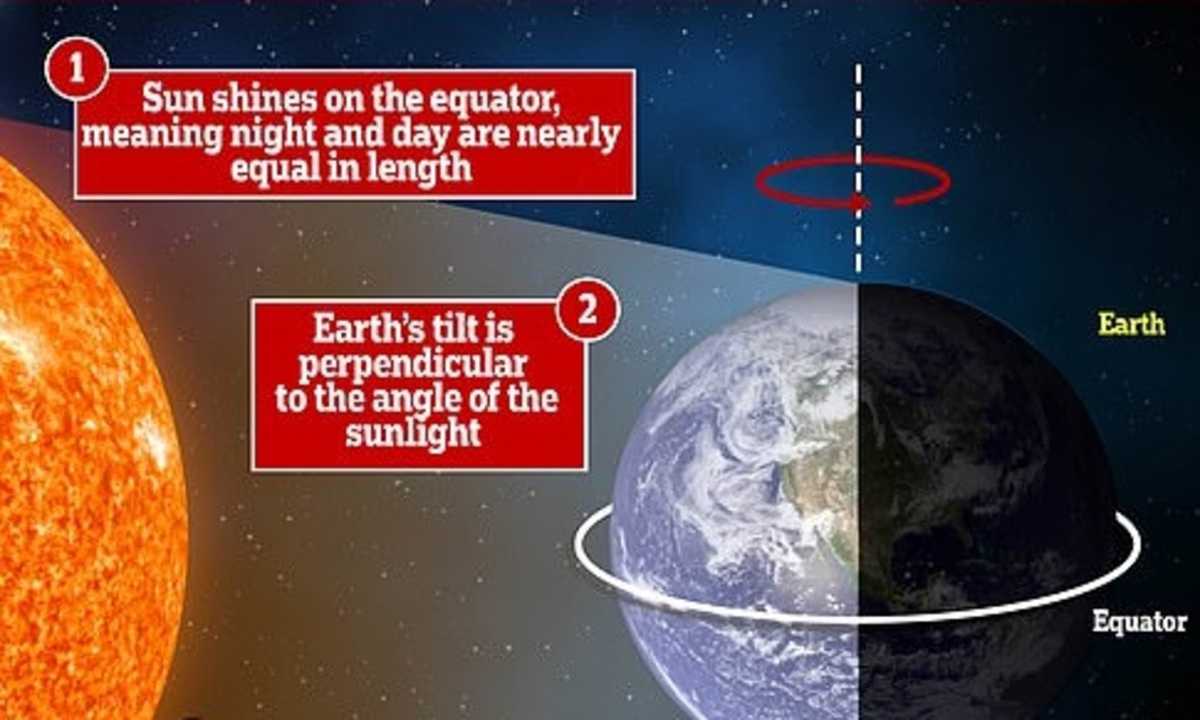World
Spring Equinox Marks the Start of New Beginnings for Northern Hemisphere

As the Northern Hemisphere prepares to welcome the spring season, the upcoming vernal equinox on Tuesday, March 19 brings a time of new beginnings and celestial events. Daylight hours will progressively increase, paving the way for longer days and the onset of astronomical spring. Millions across the United States, Canada, and Mexico will have the opportunity to witness the Great North American Eclipse on April 8, creating a 115-mile-wide path of totality that is sure to captivate sky gazers.
The vernal equinox is a significant astronomical event, signaling the commencement of spring in the Northern Hemisphere, while the Southern Hemisphere prepares for the fall season. This alignment, determined by the Earth‘s tilt and rotation on its 23.5-degree axis, sets the stage for the seasonal transition. As the Earth orbits the sun elliptically, it experiences varying distances, impacting the distribution of sunlight across the planet.
Come March 19, the Earth will reach the vernal equinox, a moment when daylight hours nearly equal night-time hours. This harmonious balance between light and dark is a result of the sun’s energy being evenly dispersed across the hemispheres. The word ‘equinox’ itself, derived from Latin roots meaning equal night, encapsulates the essence of this astronomical event.
NASA and the National Weather Service provide insights into the celestial phenomena, offering a deeper understanding of the Earth’s annual journey around the sun. With the vernal equinox marking the beginning of spring, observers can anticipate longer, sun-filled days as the Northern Hemisphere aligns with the sun’s radiant path. Whether gazing at the night sky or marveling at the wonders of the cosmos, the spring equinox heralds a time of transition and renewal for Earth’s Northern Hemisphere.












